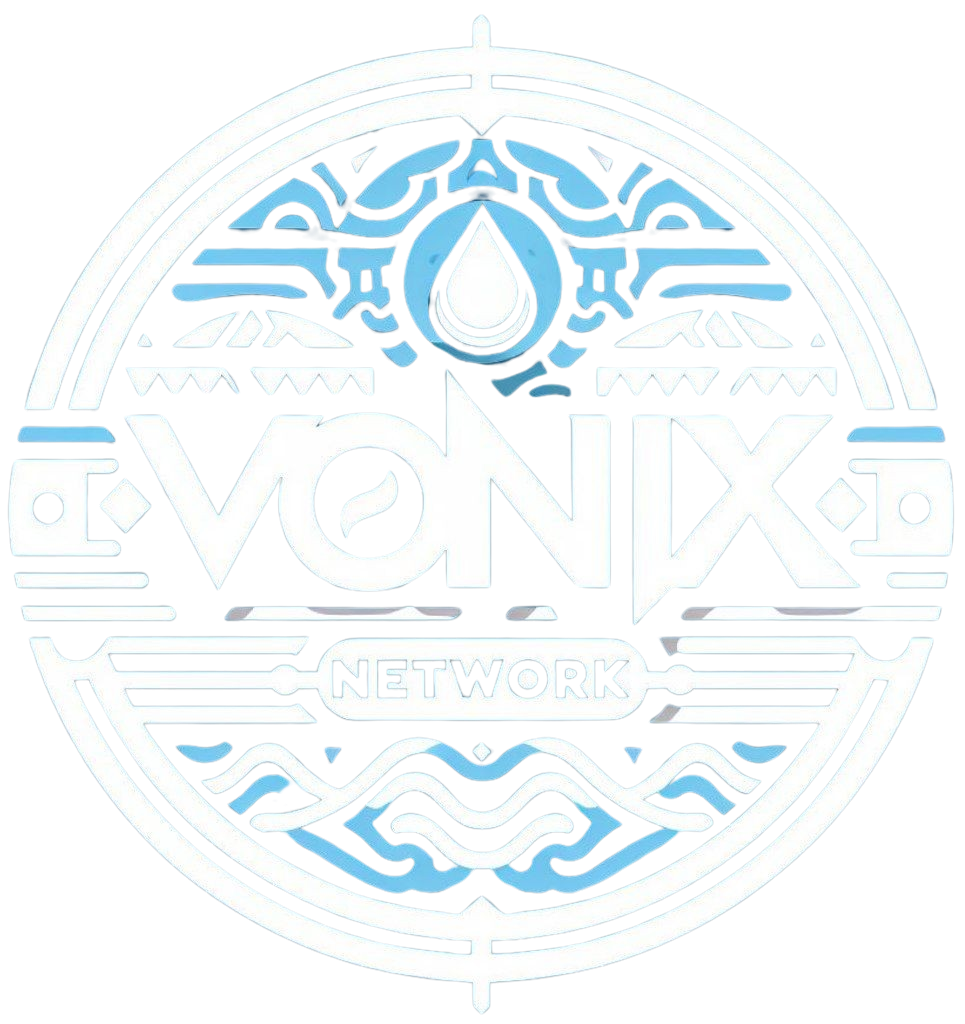Introduction
Cryptocurrencies have revolutionized the financial landscape, and two essential processes for maintaining and securing blockchain networks are staking and mining. In this article, we'll explore the differences between these methods, focusing on the examples of Mysterium, Polygon, Ethereum, and Tron.
Staking
What is Staking?
Staking involves locking up a certain amount of a cryptocurrency in a wallet connected to a proof-of-stake (PoS) blockchain network. By doing so, participants contribute to network security, validate transactions, and earn rewards. Let's delve deeper into staking using our examples:
1. Mysterium (MYST):
- Mysterium offers risk-free staking through its Delegation Pool. Users lock up MYST tokens to enhance network performance and security. Rewards are distributed from network fees collected by Mysterium's Hermes smart contract.
- Individual Staking: Users can stake MYST individually by running their own nodes and participating in network consensus. This provides more control but requires technical expertise.
2. Polygon (MATIC):
- Polygon's PoS network allows users to stake MATIC tokens. Validators process transactions, secure the network, and receive rewards. Staking MATIC offers an average return of around 5%.
- Pool Staking: Users can join staking pools where their tokens are combined with others'. Pools simplify staking for users who don't want to manage their own nodes.
3. Ethereum (ETH):
- Ethereum has transitioned to PoS, where validators lock up 32 ETH to secure the network. Validators validate transactions, store data, and add blocks to the blockchain. Staking rewards vary based on the Super Representative (SR) chosen.
- Individual Staking: Validators can stake ETH individually by running their own nodes. However, the high minimum requirement makes it challenging for individual stakers.
- Pool Staking: Many users opt for staking pools, where smaller amounts of ETH are combined for staking. Pools distribute rewards proportionally.
4. Tron (TRX):
- Tron staking involves delegating TRX tokens to validators. By participating, users help secure the network and validate transactions. Stakers can choose between solo home staking, staking as a service, or pooled staking.
- Individual Staking: Users can stake TRX individually by running their own nodes or using staking services.
- Pool Staking: Staking pools allow TRX holders to combine their tokens for more efficient staking.
Mining
What is Mining?
Mining, associated with proof-of-work (PoW) consensus mechanisms, requires powerful computers to solve complex mathematical problems. Miners validate transactions, add new blocks to the blockchain, and earn rewards. Here's how it works for our examples:
1. Ethereum (ETH):
- Ethereum previously used PoW but has now transitioned to PoS. PoW miners validate transactions, compete to solve cryptographic puzzles, and receive rewards. PoS eliminates the need for energy-intensive computations.
2. Tron (TRX):
- Tron's PoS system reduces energy consumption compared to PoW. Validators stake TRX to secure the network, and the system rewards them for their contributions.
Key Differences
- Energy Consumption:
- Staking is more sustainable, as it doesn't require energy-intensive computations like mining.
- Hardware Requirements:
- Staking nodes can run on everyday computers, while mining requires specialized hardware.
- Rewards:
- Staking rewards vary based on the chosen network and validator, whereas mining rewards depend on computational power and block discovery.
Conclusion
Both staking and mining play crucial roles in maintaining blockchain networks. Stakers and miners contribute to security, decentralization, and consensus. Understanding these processes helps crypto enthusiasts make informed decisions about their investments and participation in the crypto ecosystem.
Remember that staking rewards are not guaranteed, and always do thorough research before participating in any staking or mining activities. Happy staking!

